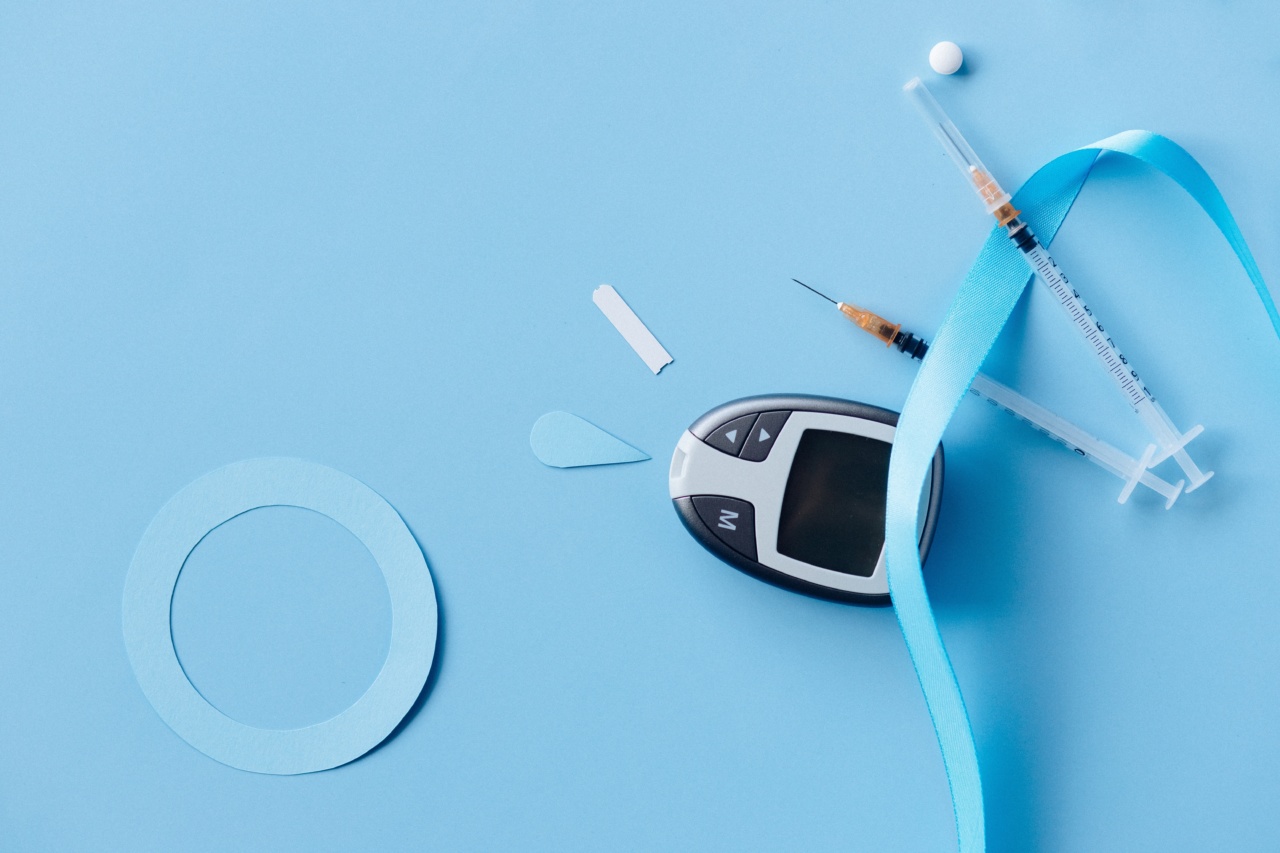Diabetes is a chronic disease that affects millions of people worldwide. It results from the body’s inability to properly regulate blood sugar levels, leading to high levels of glucose in the blood.
This can cause a range of health problems over time, including damage to the eyes, kidneys, nerves, and blood vessels. Understanding the causes, symptoms, and treatment options for diabetes is essential for managing the disease and preventing complications.
Causes of Diabetes
There are two main types of diabetes: type 1 and type 2. Type 1 diabetes is an autoimmune disorder that occurs when the body’s immune system attacks the cells that produce insulin, a hormone that regulates blood sugar levels.
The exact cause of type 1 diabetes is unknown, but it is thought to be a combination of genetic and environmental factors.
Type 2 diabetes, on the other hand, is caused by a combination of genetic and lifestyle factors. Obesity, physical inactivity, and poor diet are all associated with an increased risk of developing type 2 diabetes.
In this form of diabetes, the body either does not produce enough insulin or becomes resistant to its effects, which leads to high blood sugar levels.
Symptoms of Diabetes
The symptoms of diabetes can vary depending on the severity of the disease and individual factors. Some of the most common symptoms of diabetes include:.
- Frequent urination
- Increased thirst
- Extreme hunger
- Fatigue
- Blurred vision
- Cuts or sores that heal slowly
- Tingling or numbness in the hands or feet
These symptoms can be mild or severe, and they may develop gradually over time. Some people with diabetes may not experience any symptoms at all.
If you are experiencing any of these symptoms or have concerns about your blood sugar levels, it is important to speak with your healthcare provider.
Treatment of Diabetes
The treatment of diabetes depends on the type of diabetes and individual factors such as age, overall health, and medical history.
For people with type 1 diabetes, treatment typically involves insulin therapy, which involves taking daily injections of insulin or using an insulin pump to deliver insulin continuously throughout the day.
For people with type 2 diabetes, treatment may involve lifestyle changes such as losing weight, eating a healthy diet, and increasing physical activity.
Medications such as metformin or injectable insulin may also be prescribed to help regulate blood sugar levels.
In some cases, people with type 2 diabetes may also require insulin therapy to help control their blood sugar levels.
It is important to work closely with a healthcare provider to develop an individualized treatment plan that meets your needs and helps you manage your diabetes effectively.
Preventing Diabetes
While type 1 diabetes cannot be prevented, there are steps that can be taken to lower the risk of developing type 2 diabetes. These include:.
- Maintaining a healthy weight
- Eating a healthy diet that is low in sugar and fat
- Increasing physical activity
- Managing stress
- Getting regular check-ups with a healthcare provider
By making these lifestyle changes, it may be possible to prevent or delay the onset of type 2 diabetes and reduce the risk of developing complications such as heart disease, nerve damage, and kidney damage.
Conclusion
Understanding diabetes is the first step in managing the disease and preventing complications.
By knowing the causes and symptoms of diabetes, as well as treatment and prevention options, individuals with diabetes can take an active role in their own health and well-being. Working with a healthcare provider and making lifestyle changes can help people manage their diabetes effectively and reduce the risk of long-term health problems.




























